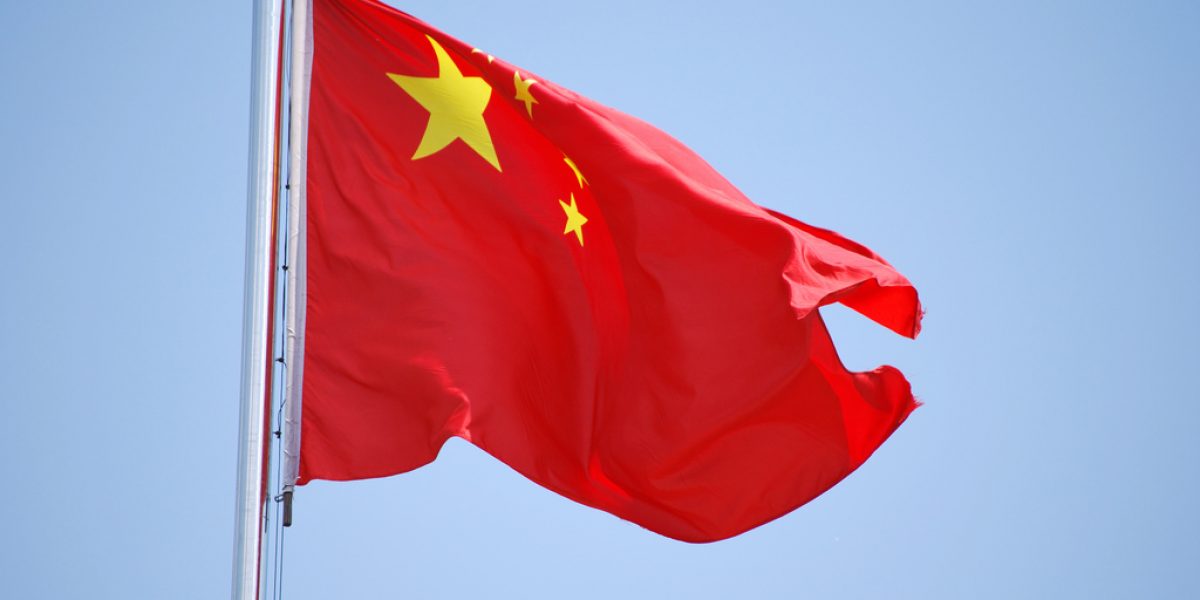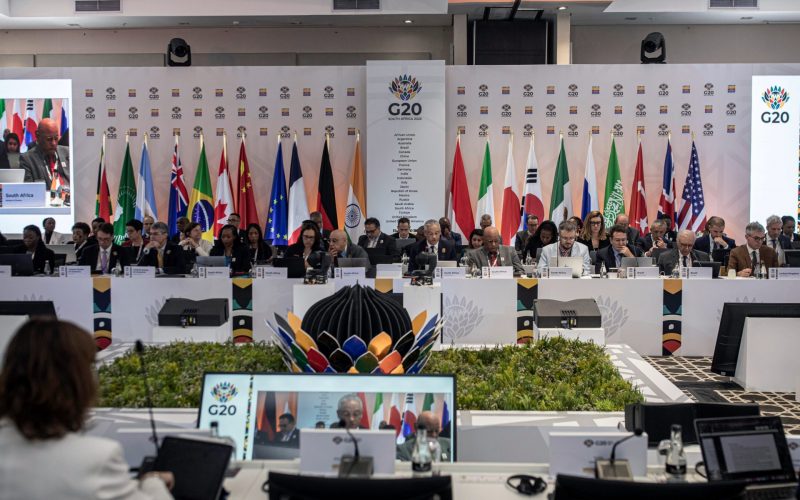Not least because much of it is based on misperceptions. The SA Clothing and Textile Workers’ Union (Sactwu) has said that 62000 clothing and textile workers have lost their jobs because of a surge in imports from China. The number of jobs lost is not in question. But to say that China is the only cause is plain false.
SA’s clothing, footwear, and textiles industries have been in decline for 15 years or more. But significant trade liberalisation in SA began only in the mid-1990s, and imports from China surged from 2003.
Protection of these industries remains the highest in SA. So we have clear problems with timing, and only vague links between protection and the preservation of jobs.
A more balanced view would read as follows. First, investment in capacity, technology, and management has been insufficient to ensure South African producers are able to cope with the increased competition in world markets. The low investment levels reflect low expected returns, which reflect fundamentals.
Second, rand strength in recent years has proven a challenge to all price-sensitive exporters, clothing and textile manufacturers included.
Third, SA is less productive, and always has been, than many Asian nations in most labour-intensive manufacturing areas. This means higher unit labour costs, a bad thing for any labour-intensive industry.
Fourth, other contributors to SA’s relatively high cost base include the country’s relative isolation from major markets, which raises freight costs; its small internal and regional market, which limits the exploitation of scale economies; and relatively high internal transport and communication costs. All affect the clothing and textile industries.
Fifth, there is considerable evidence to suggest that the South African clothing and textiles industries would never have grown so large if a) domestic protection had not been so high in the first place, and b) if global activity had not been so distorted through the multilateral quota systems of the multifibre arrangement and then the agreement on textiles and clothing.
Some argue these arrangements are responsible for China’s more-rapid-than-expected ascent of the value chain. Arguing in favour of less protection, the president of the American Apparel and Footwear Association was quoted as saying: “Instead of producing millions of low-value T-shirts, China produced thousands of much-higher quality and higher value sweaters, polo shirts and dress shirts. In many ways, quotas made China a powerhouse.”
Thus much of what we are witnessing here and abroad is part of a rapid move towards fairer global trade in clothing and textiles, one that reflects more accurately fundamentals of the industries concerned.
Perhaps this last point requires more discussion. Given that it must be temporary, is increased protection the right response to the fact that SA is fundamentally uncompetitive in many — but not all — clothing and textile activities?
The human tragedy cannot be ignored, and the job haemorrhage would surely be slowed in the short term. This underpins the Sactwu position, since its paid-up membership comprises its core constituency (and reason for existence).
But it isn’t clear how higher protection levels would help these industries consolidate effectively and reposition themselves. Yet this is desperately needed if SA’s clothing and textiles industries are to place themselves on a sustainable footing.
Moreover, there is little evidence to support the claim that the entire sector will be wiped out. The firms that are able to respond to increased pressure have already begun to do so. Government’s seemingly uncaring calls for “movement up the value chain” and “exploitation of niche markets” is in fact happening.
This process — which will lead to a sustainable, albeit smaller national production platform — will only be delayed if the pressures behind it are removed. Governments don’t reallocate resources as well as markets do.
What of the bigger picture? China, Pakistan, Bangladesh, et al, are naturally strong producers. This will not change due to increased protection elsewhere and, as suggested above, may even be enhanced by it.
And the benefits of lower prices provided by cheaper imports? Growth in formal wholesale and retail trade has broken records in recent years; employment in these industries, most of it low-skill, has risen dramatically. Although much harder to document, evidence suggests that growth in informal retail and wholesale has also been strong.
Furthermore, one shouldn’t forget the benefits accruing to the poor from being able to purchase cheaper clothing (mainly from informal networks — not from Woolworths or Edgars). After all, there are many more poor people outside the clothing and textile industries than in.
Finally, the much-documented problem of illegal imports, especially under-invoicing, is most effectively dealt with by removing the incentive to cheat. This incentive exists because of tariffs from 30% to 40%, with some even higher than that.
Therefore, if viewed from a long-term sustainability perspective, it seems the case for less protection, not more, is strong.
Even if such ideas are ignored, it must surely be realised that the national interest is best served by a view of the links between trade with China and domestic economic challenges that is more balanced than the one dominating the front pages.






